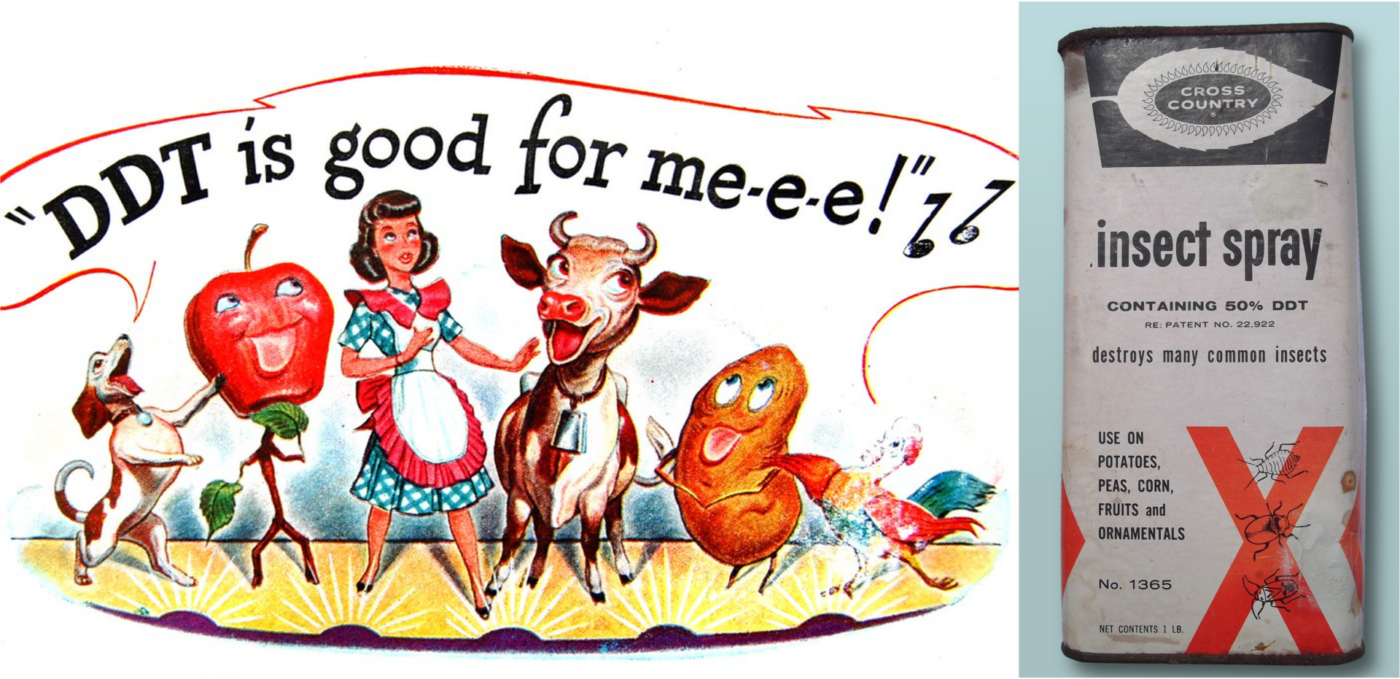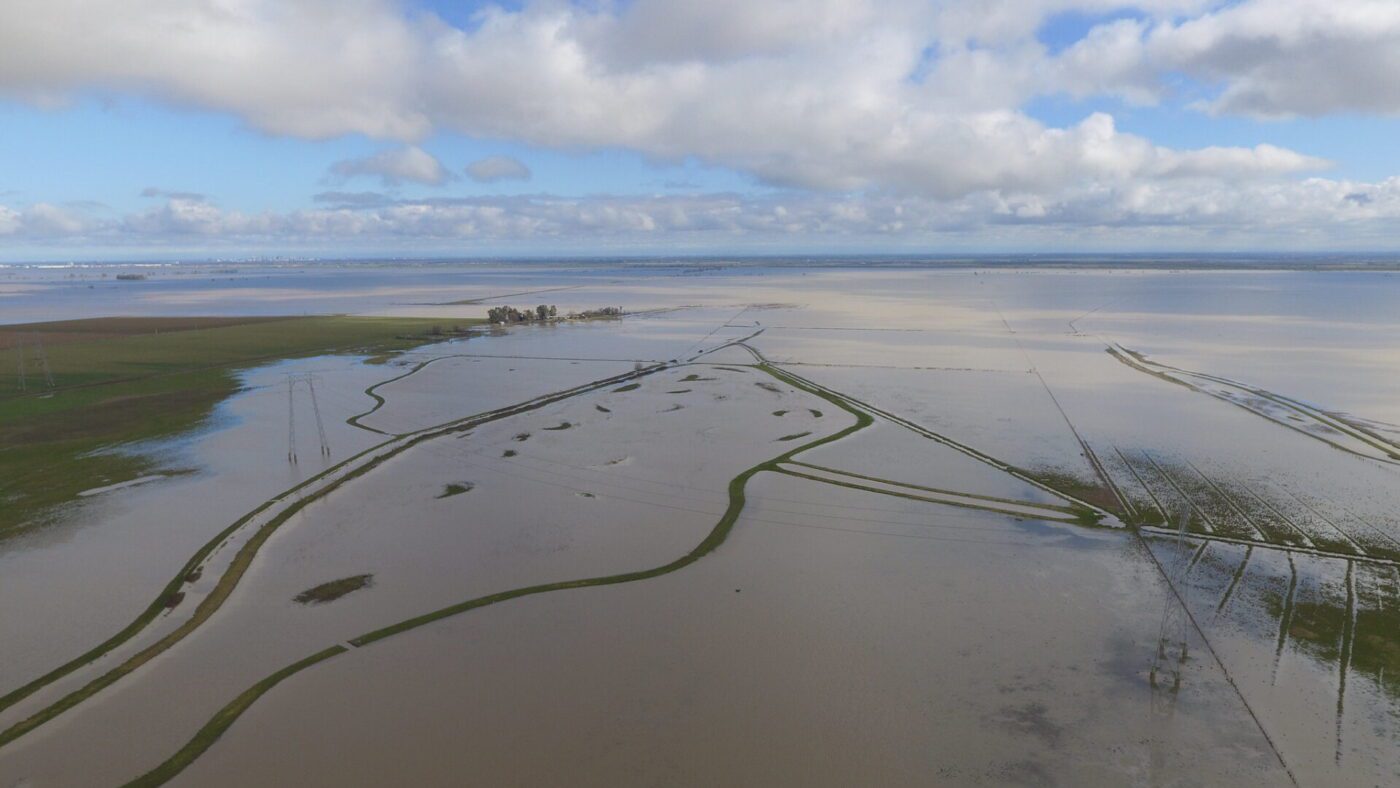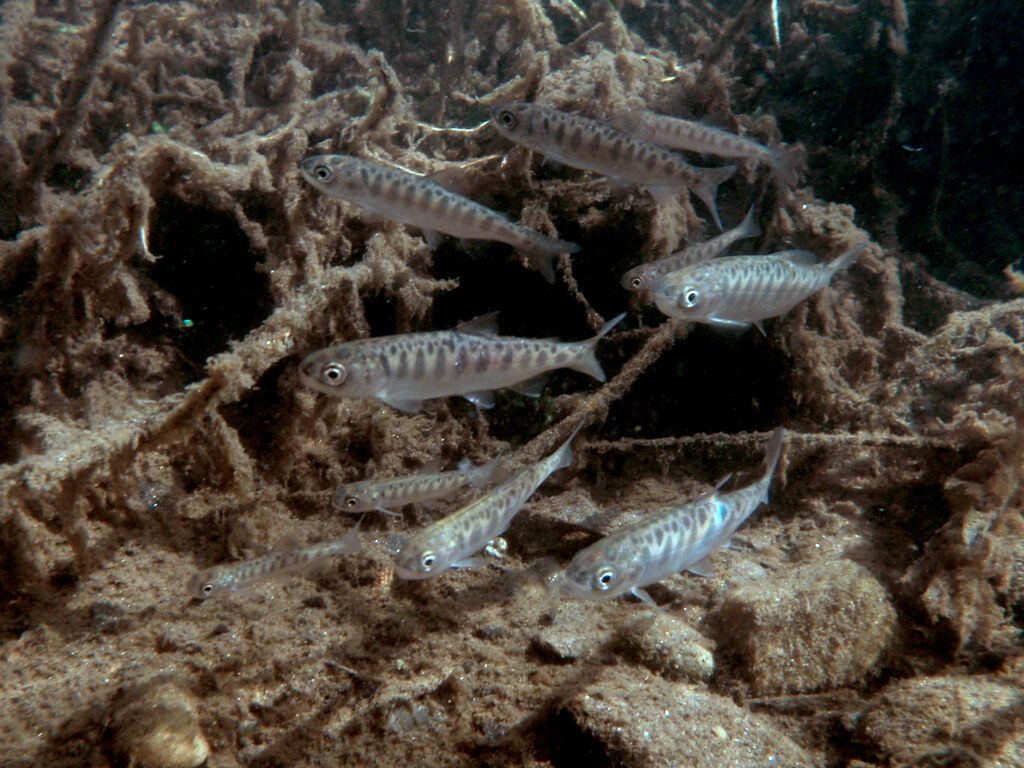Monday August 28, 2023

The Central Valley of California only contains 1% of U.S. farmland, but generates 8% of the country’s agricultural output and produces a quarter of the nation’s food. Much of this astounding production comes from the 8,500 square kilometers of farmland in the Sacramento River watershed, which covers the northern portion of the Central Valley. This extensive farmland means that the watershed is exposed to a significant amount of compounds commonly used in farming, including pesticides. As water flows over the land to streams and rivers, it carries these contaminants along with it, ultimately dumping them in waterways and floodplains, where they often make their way into the food web. Consequently, juvenile Chinook salmon (Oncorhynchus tshawytscha) feeding and rearing within the watershed can be exposed to these harmful compounds. But how significant is this risk of exposure, and does it vary depending on where juvenile salmon are feeding? These questions motivated a recent study that investigated salmon dietary preferences and rearing habitats to discern which carried a greater risk of pesticide exposure for salmon and their prey (Anzalone et al. 2022). By testing Chinook and their food sources for 33 different types of pesticides, the researchers were able to evaluate differences in exposure between the floodplain habitat of the Yolo Bypass and the riverine habitat of the mainstem Sacramento River, two places where salmon are known to rear. Though pesticides were found in all of the fish and invertebrates they analyzed, their findings also showed a significant difference in exposure risk between the two habitats.

Many decades of modern farming in the Sacramento River watershed have culminated in the distribution of millions of kilograms of pesticides, which historically consisted of organochlorine compounds (old outdated pesticides) but today are largely comprised of more modern pyrethroids (pesticides used today). Many of these compounds linger in the soil as legacy pesticides, including the infamous dichlorodiphenyltrichloroethane, better known as DDT. Despite a federal ban in 1972, this infamous organochlorine chemical and the compounds it degrades into (referred to as DDX) are still detected in the Sacramento River watershed today. Once in the waterways, these compounds are ingested by zooplankton and macroinvertebrates, and can then make their way up the food chain to consumers like Chinook salmon. This buildup of contaminants through the levels of a food web is known as bioaccumulation, and is a major concern for predatory species, as it can harm their health reducing their survival, and further harm the species that may, in turn, prey upon them.

Although it has long been understood that salmon are exposed to these pesticides, how much exposure is occurring and whether habitat plays a role is still a mystery. This prompted the authors of the study to collect juvenile fall-run Chinook and their prey items from both the Sacramento River and the Yolo Bypass – an expansive, seasonal floodplain that serves as a productive rearing habitat for juvenile salmon. Deciphering how fish on and off floodplains are impacted by these pesticides is relevant to management, as multiple studies have shown that salmon rearing in floodplains may achieve significantly faster growth and larger sizes compared to salmon rearing in rivers. In addition, floodplain reconnection is becoming a more frequent practice to bolster salmon growth and survival.
Analysis of the collected Chinook and their prey showed that organochlorine pesticides (including the nefarious DDX) were prevalent in all examined species. But, taking a closer look showed that zooplankton contained significantly more pesticides than macroinvertebrates, and had higher concentrations of the pyrethroid bifenthrin. This finding suggests that fish may have different risks of exposure to pesticides depending on what they eat. Notably, more organochlorine pesticides were detected in prey items during flood conditions than they were during droughts, suggesting that flooding may cause legacy pesticides to be resuspended in the water during these events.

Overall, juvenile Chinook rearing on the floodplain had significantly higher concentrations of organochlorine compounds, whereas juveniles collected from the mainstem Sacramento River contained higher concentrations of pyrethroids. This difference likely reflects the primarily macroinvertebrate-based diets of fish on the floodplain and the primarily zooplankton-based diet of the fish in the river. These findings suggest that juvenile Chinook salmon may initially benefit from rich food resources in the floodplains but their diet may come at a cost due to increased exposure to harmful pesticides. Given these tradeoffs, any strategic planning efforts to conserve and help Central Valley salmon populations recover should pay close attention to the potential impacts of pesticides.
This post was featured in our weekly e-newsletter, the Fish Report. You can subscribe to the Fish Report here.
